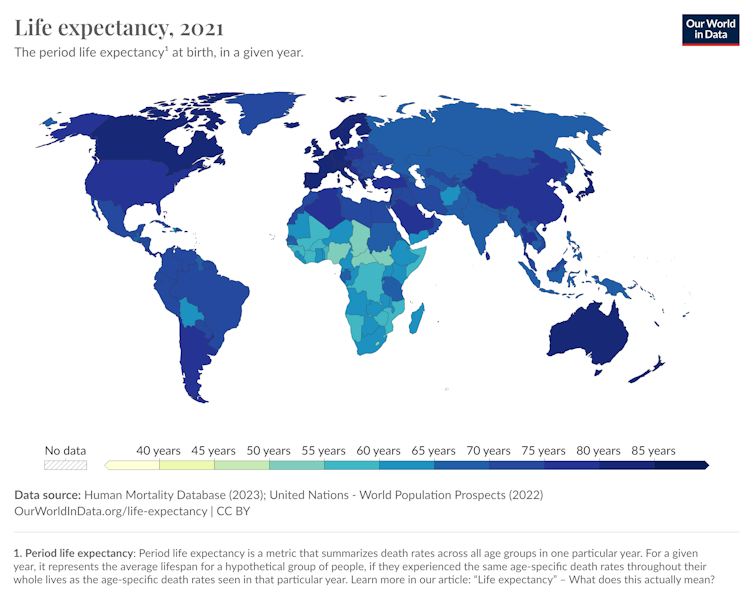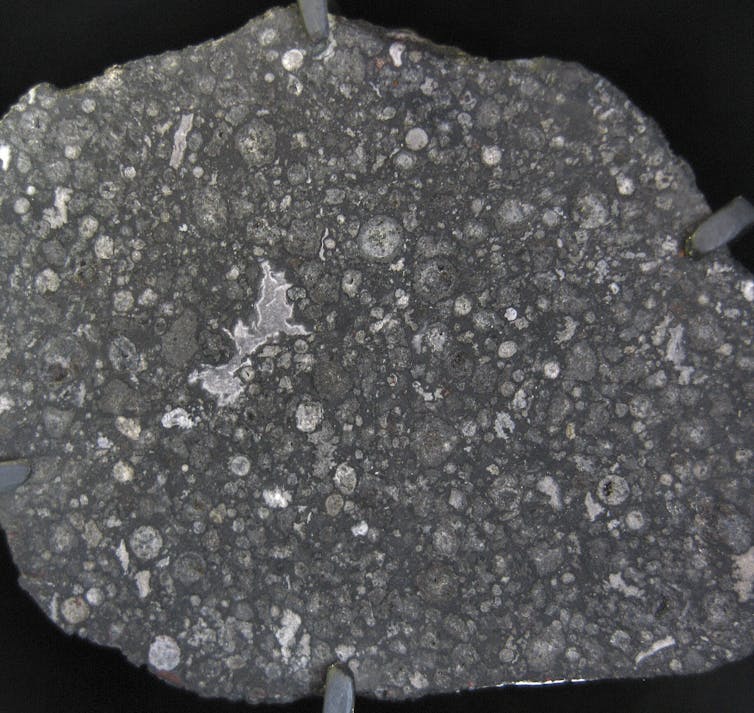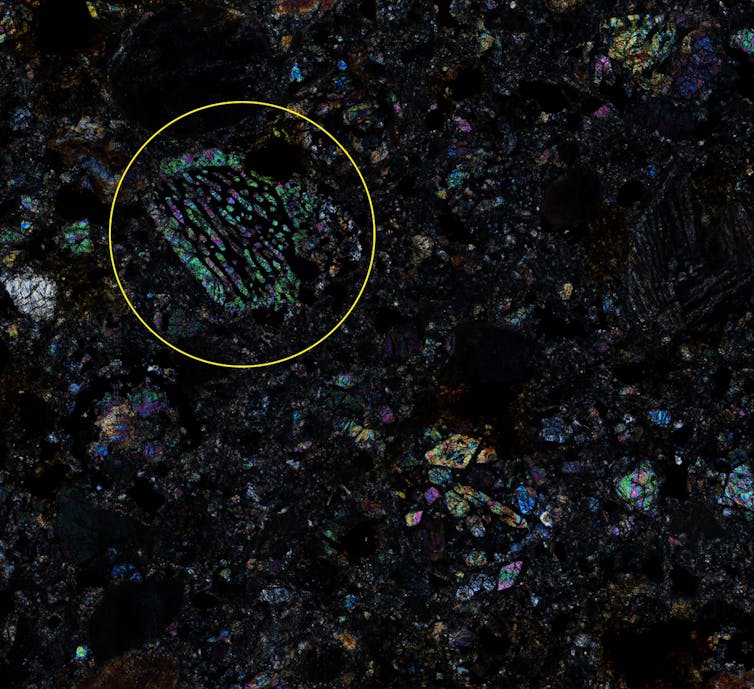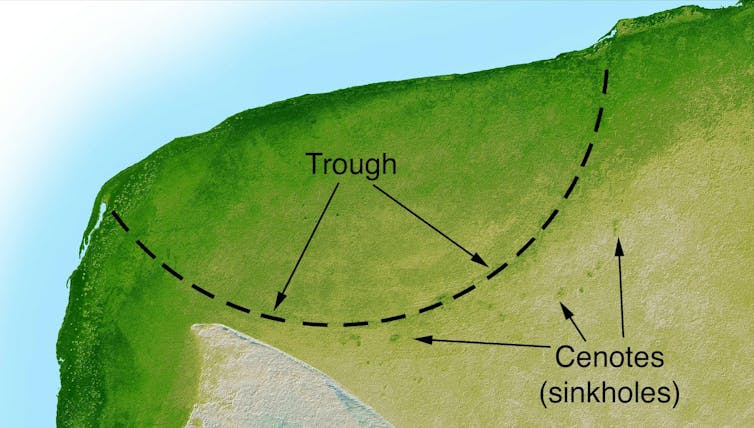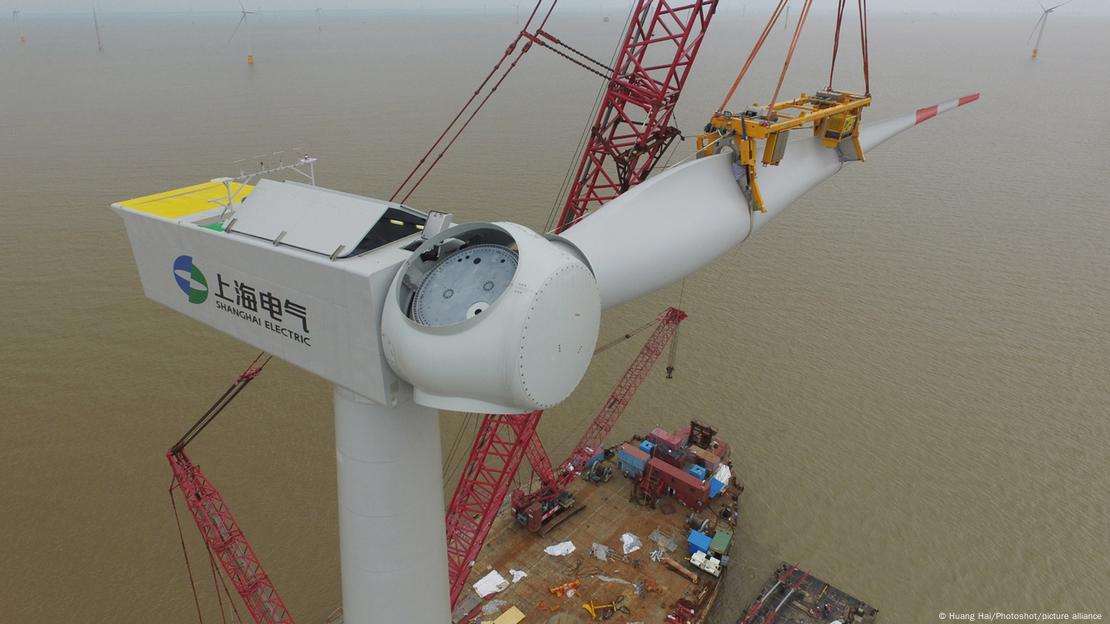The Conversation
July 17, 2024

Illustration of a tornado causing destruction [Shutterstock]
At first glance, the 2024 remake movie Twisters contains many of the ingredients of the 1996 original, which starred Helen Hunt and Bill Paxton: a catastrophic and rare weather event, the urgency to use new technology to understand it, and central characters battling personality clashes.
However, Twisters (on general release from July 17) does more than confirm Hollywood’s interest in money-making sequels. It suggests movie financiers are convinced that people are fascinated by extreme weather and the devastation it can cause. And they’re right.
To make the film contemporary, Twisters adds the dimension of a social media superstar storm chaser (Tyler Owens, played by Glen Powell). Storm chasers like Owens have long been cult figures in the public imagination, and have even been the focus of a popular US TV series called Storm Chasers.
The idea of a celebrity whose popularity comes from uploading weather content accurately reflects the interest (and financial value) in posting weather footage online. Now, during any significant event, it’s easy to find not just professional footage from news channels, storm chasers or weather-focused social media channels, but also thousands of videos from people experiencing that catastrophe.
Extreme weather videos are hugely popular. Videos of dramatic events on YouTube and TikTok frequently attract tens of millions of views. During both Hurricane Irma (2017) and Hurricane Ian (2022), some YouTube channels streaming beach webcam footage had over 100,000 live viewers. Content recorded in the lead up to events also appear to capture the public imagination: popular social media accounts have begun to document seemingly mundane activities like packing tornado preparation bags.
What compels us to watch these kinds of videos? What are the psychological drivers of online rubber-necking? And, in a world where many will experience more extreme events, are there any benefits in watching videos of disastrous events?
A deeper social psychology
Research shows that our fascination with extreme weather videos – particularly live ones – is complex. While inevitably, some people want to watch things crash and burn, evidence is beginning to suggest that our captivation is driven by a deeper underlying social psychology: people often watch these videos because they connect us to people, places and ideas.
Sometimes, this is about being able to visualise concepts we’ve heard about but never seen with our own eyes. In a recent study, I examined why people were watching live footage of hurricanes and storms on YouTube. I found people wanting to see things they’d repeatedly heard reference to, such as the eye of the storm or the exact moment a hurricane made landfall. In one discussion in the comments, people wanted the wind to stop because they were only there to see if they could witness an “eye”.
For these people, videos of extreme moments helped connect what they’ve been told with what they could see (even if only through a screen).
The trailer for Twisters.
Extreme weather footage can also generate spaces that become important information sources and networks. Livestreams of all kinds often generate communities that are more valued than the content itself.
My study of the 2022 UK storms as well as Hurricanes Ian and Irma found the comment spaces around these videos mattered, because they connected people with different proximities to the event. During Irma, people used comment sections to compare government advice they’d received about whether to evacuate. Some watchers also became information conduits by connecting people to news reports and government websites.
Perhaps counterintuitively, people sometimes watch live videos hoping nothing will happen. I’ve come across numerous people watching livestreams of developing hurricanes for more than 12 hours. For these people – often on the other side of the world from the event – watching, hoping and commenting are the only things they could do to support the situation.
The giving up of time is considered an act of solidarity – one person said they had taken a day off work to watch because their childhood town was affected. Adapting a phrase used by one of these watchers, I termed these people “committed viewers”.
But for some people, it’s not about weather at all. Other researchers have written about how the watching of livestreams can be driven by desire to be part of a culturally or historically significant moment. Tens of thousands of people watched Aberdeen airport’s live webcams after the death of Queen Elizabeth II, for example, to catch a glimpse of planes landing as other members of the royal family flew in.
Currently, little is known about the effects of watching extreme weather footage on human behaviour. My ongoing research is trying to understand how hazard-focused social media influencers shape their followers’ future preparations, such as having an emergency plan or kit. What is already clear is that representations of disasters in films create misunderstandings about hazards and their aftermaths.
In Twisters, storm chaser Owens embodies the idea that people place a value (entertainment, support or otherwise) in watching spectacular situations – and that social media has created new ways to document experiences and engage increasing numbers of people with them. The challenge for scientists is harnessing this fascination in a way that stimulates knowledge and behavioural change beyond the small window of the event itself.

Simon Dickinson, Lecturer in Human Geography , University of Plymouth
This article is republished from The Conversation under a Creative Commons license. Read the original article.




